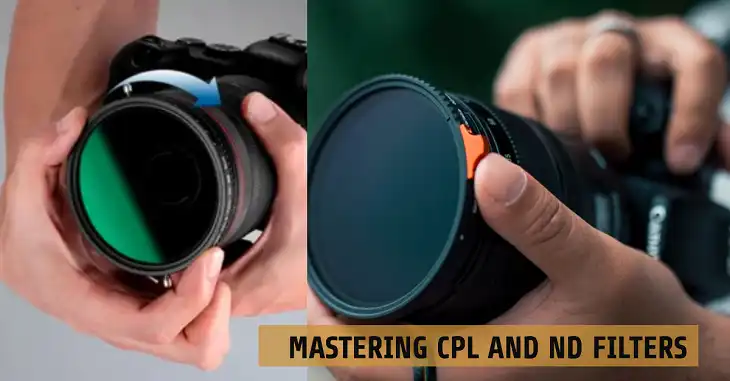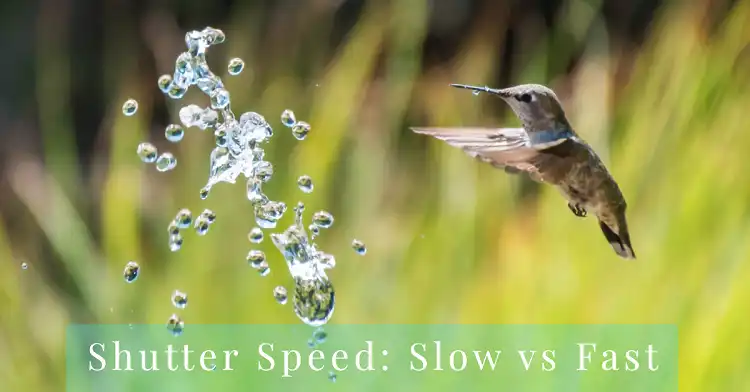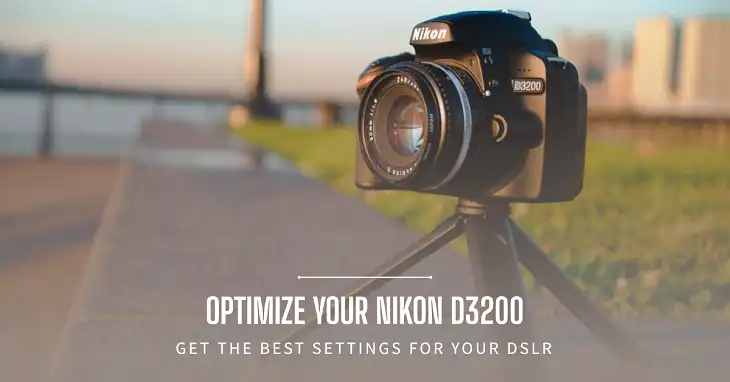Can The Sun Damage The Camera Sensor?
The camera sensor is the heart that captures the world around us, converting light into digital data. However, as photographers, we must be mindful of the potential risks that the sun’s radiant rays can pose to this delicate component.
In this article, we’ll explore the question, “Can the sun damage the camera sensor?” and provide practical knowledge to help you safeguard your equipment while still capturing stunning imagery.

How the Sun Can Damage the Camera Sensor?
The sun’s light is a powerful force, and when concentrated, it acts like a magnifying glass, intensifying heat. While everyday sunlight exposure during casual photography is generally safe, it’s crucial to differentiate between safe light levels and the potential dangers of magnified sunlight.

The science behind sensor damage lies in the intense heat and UV radiation generated by the sun’s rays. When these concentrated beams hit the sensor directly, they can cause irreparable harm to the sensor’s delicate components, leading to issues like hot pixels, color shifts, and permanent degradation.
When is the Sensor Most at Risk from Sunlight?
Certain situations increase the risk of sun damage to your camera sensor. One of the most common scenarios is prolonged exposure to direct sunlight while using a telephoto lens. These lenses act as powerful magnifiers, intensifying the sun’s rays and directing them straight onto the sensor.
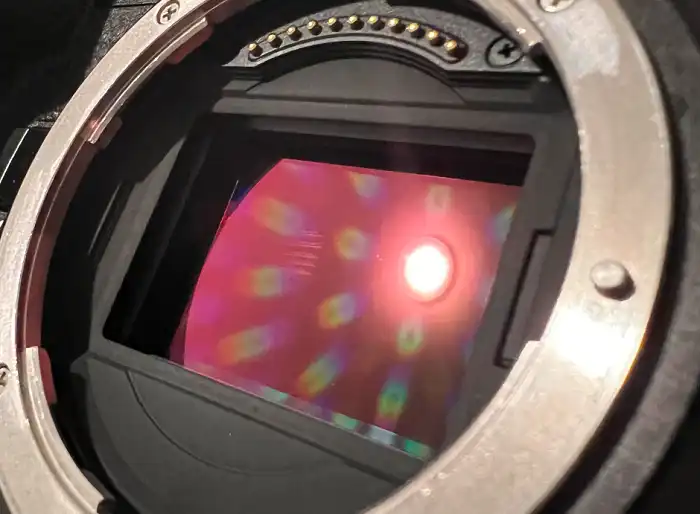
Another risky situation arises when shooting in live view mode or recording videos with the sun directly in the frame for extended periods. In these cases, the sensor remains continuously exposed to the sun’s intense rays, increasing the likelihood of damage.
Leaving your camera exposed to the sun for long periods, especially on hot days, can also put your sensor at risk. Imagine a landscape photographer who leaves their camera on a tripod, pointed towards the sun, during a midday shoot – a recipe for potential sensor damage.
Similarly, wildlife photographers using long telephoto lenses to capture birds in flight may inadvertently expose their sensors to the sun’s direct glare, putting their equipment at risk.
How Different Camera Types Affect Vulnerability
The type of camera you use can also impact the vulnerability of your sensor to sun damage. DSLR cameras, with their mechanical shutters, offer some protection by blocking the sensor from sunlight until the picture is taken. This design feature makes DSLRs less susceptible to sun damage compared to other camera types.
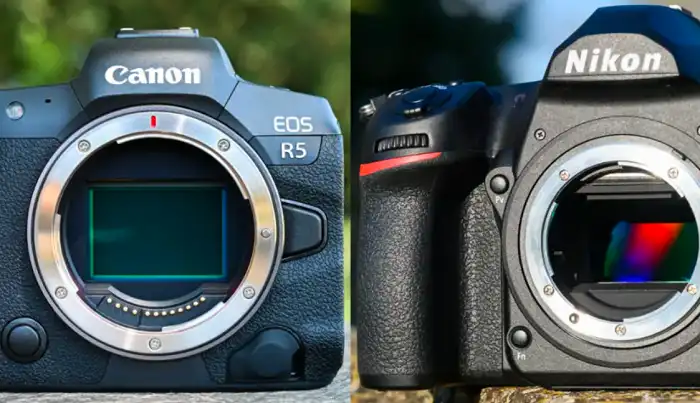
On the other hand, mirrorless and point-and-shoot cameras lack a mechanical shutter, leaving their sensors constantly exposed. This absence of a protective barrier increases the vulnerability of these cameras to sun damage. A mirrorless camera user attempting to capture a sunset without proper precautions may be putting their sensor at risk.
Other Factors Affecting Sensor Risk
Apart from camera type and shooting scenarios, several other factors can influence the risk of sun damage to your sensor:
1. Exposure time: Longer exposures allow more light to hit the sensor, increasing the risk of damage.
2. Focal length: Telephoto lenses magnify sunlight more than wide-angle lenses, raising the risk significantly.
3. Aperture: Smaller apertures (higher f-stops) allow more light to enter the camera, potentially causing more damage.
Imagine a photographer using a wide aperture and long exposure to capture a sun flare effect – this combination could potentially put their sensor at risk, even with proper precautions.
How to Protect Your Camera Sensor from the Sun
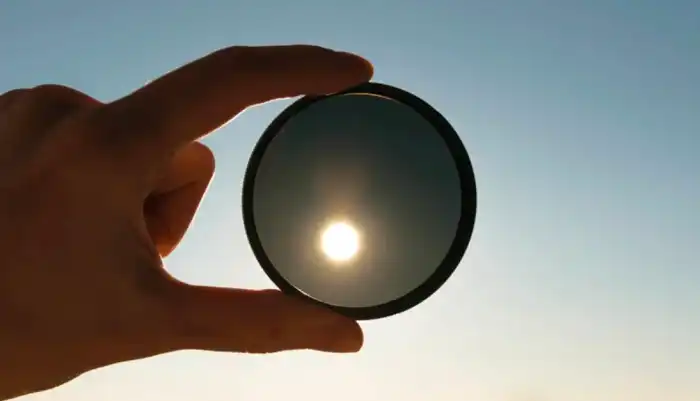
While capturing the sun’s beauty is alluring, it’s essential to take precautions to protect your camera sensor. Here are some practical tips:
1. Use a neutral density (ND) filter: These filters reduce the amount of light reaching the sensor, especially when using telephoto lenses or shooting in bright conditions.
2. Compose shots wisely: Avoid directly pointing the camera at the sun. If the sun is part of the scene, consider using a lens hood to block stray sunlight.
3. Limit live view and video recording: When the sun is directly in the frame, minimize the time spent in live view or video mode to reduce sensor exposure.
4. Be mindful of exposure: When leaving your camera exposed to the sun, especially in hot environments, consider using a camera bag for extra protection.
How to Take Creative Sun Photos Safely
For those seeking to capture the sun’s artistic appeal through sun flares, silhouettes, or other creative effects, there are safe methods to do so:
1. Use a neutral density (ND) filter: These filters can help reduce the light intensity reaching the sensor, allowing you to include the sun in your compositions safely.
2. Experiment with angles: Instead of pointing the camera directly at the sun, try capturing it from different angles or through reflections to avoid direct exposure.
3. Consider solar eclipses: A solar eclipse can provide a rare and safe opportunity to photograph the sun directly, as long as proper safety precautions are taken.
A skilled portrait photographer might capture a stunning backlit silhouette during golden hour, using the sun’s warm glow to create a beautiful, glowing effect without putting their sensor at risk.
Summary
While the sun’s radiant beauty inspires many photographers, it’s essential to understand the potential risks it poses to your camera’s sensor. By following best practices, using proper equipment, and exercising caution, you can enjoy capturing stunning imagery while protecting your gear from the sun’s damaging effects.
Remember, photography is about balancing creativity and equipment protection. By staying informed and taking the necessary precautions, you can continue to explore the world through your lens while safeguarding your camera’s precious sensor.
FAQs
Is it safe to photograph the sun during sunrise or sunset?
While capturing the sun during golden hours can yield beautiful results, it’s still important to exercise caution. Avoid pointing the camera directly at the sun, and consider using a neutral density filter or lens hood to minimize the risk of sensor damage.
Do all camera brands have the same level of sensor protection?
While camera brands may have different manufacturing processes and designs, the fundamental principles of sensor protection apply universally. However, some brands may offer additional features or technologies specifically designed to mitigate the risk of sun damage.
Can I still use my camera if the sensor is damaged by the sun?
If the sensor damage is minor, such as a few hot pixels, you may still be able to use your camera for certain applications. However, severe sensor burn-out or significant degradation can significantly impact image quality, and in those cases, professional repair or replacement may be necessary.
Is it safe to photograph the sun during a solar eclipse?
Photographing the sun during a solar eclipse can be a unique and awe-inspiring experience, but it’s crucial to take proper safety precautions. Use a solar filter designed specifically for solar photography, and never look directly at the sun without proper eye protection.

